Tobacco Harm Reduction
Find out how, as a responsible challenger, we’re making a meaningful contribution to this important public health strategy through consumer-centric science & innovation.
Explore Tobacco Harm ReductionNicotine
Nicotine is a simple chemical with a complicated history. Learn more about way it affects the body, its relationship with smoking and smoking-related disease, and more.
Explore NicotineNext Generation Products
Exciting technological advances have enabled the decoupling of nicotine from tobacco combustion to create potentially harm reduced cigarette alternatives.
Explore Next Generation ProductsEngagement
Transparency and collaboration are key to building belief in tobacco harm reduction and next generation products. Find out more about our science and innovation advocacy.
Explore EngagementLatest News
We believe it’s crucial to communicate our science to a wide range of audiences. Read press releases, blogs, and brochures, watch videos, and download infographics.
Explore Latest NewsAbout Us
Learn more about our roots, our beliefs, and the talented teams helping Imperial Brands transform to offer our consumers potentially harm reduced cigarette alternatives.
Explore About UsInteract with our 3D model
using your finger or cursor.
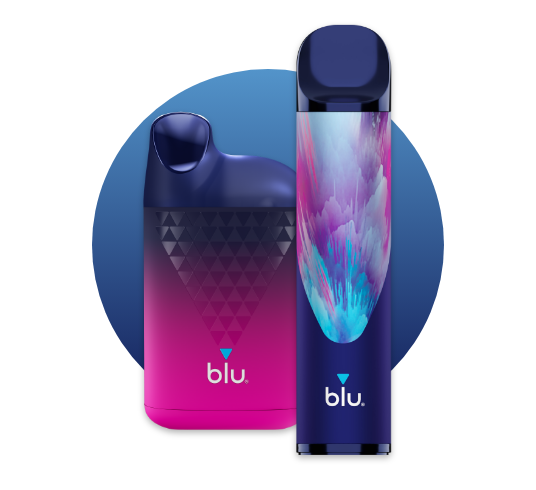
Widely used as an alternative to cigarettes amongst adult smokers since around 2010, vapes are one of the most popular next generation products (NGP).
Vapes heat an e-liquid (composed of propylene glycol and/or glycerol and may contain flavourings and nicotine) to produce an aerosol which the user inhales.
Vapes don’t burn tobacco to release nicotine; in fact they don’t contain any tobacco leaf at all. The aerosol they produce contains much fewer and substantially lower levels of the harmful chemicals present in cigarette smoke.
A large scientific evidence base substantiates vaping’s tobacco harm reduction (THR) potential, with numerous public health bodies endorsing vaping as a less harmful alternative for those adults who would otherwise have continued to smoke.
Please note the following scientific research was conducted on various blu devices. The 3D model above depicts our latest vape innovation, blu Box, and is for illustrative purposes only.

Adult smokers and non-users alike understand that, though not risk-free, blu is potentially less harmful than cigarettes for adult smokers.

Research shows that blu aerosols contain up to 99% lower levels of select toxicants of public health interest compared to cigarette smoke.
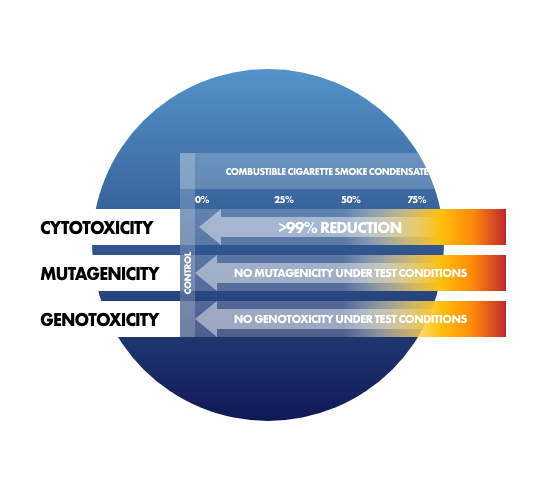
Laboratory tests suggest blu e-liquids and aerosols are substantially less cytotoxic, mutagenic and genotoxic compared to cigarette smoke.
In some cases they show reductions of around 99% - if they display any in-vitro toxic effect at all.
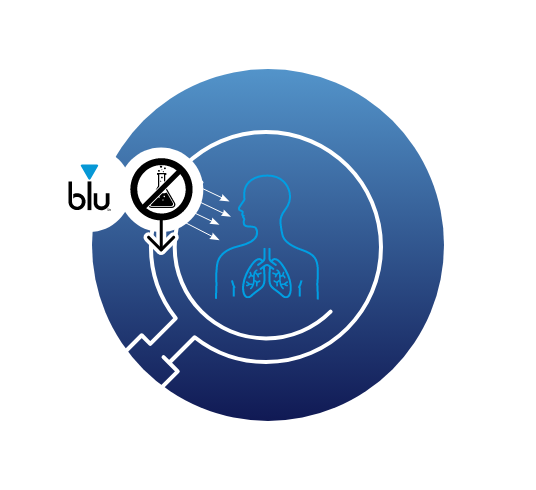
Adult smokers who partially or completely substitute cigarettes with blu experience substantial reductions in biomarkers of exposure to select harmful chemicals over a short period of time.
The greatest reductions are observed in adult smokers who transition to blu completely (average 84% reduction across 14 non-nicotine biomarkers of exposure after 14 days).
Conversely, resuming the exclusive smoking of cigarettes rapidly results in the reversal of these reductions in exposure to harmful chemicals.
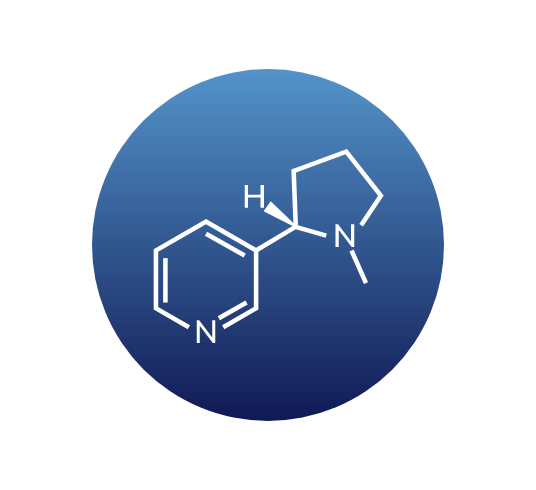
blu efficiently delivers nicotine to the blood of adult smokers, but doesn’t exceed that of a cigarette.
This blood nicotine delivery is satisfying for adult smokers, reducing their desire to smoke.

In-market behavioural studies demonstrated how adult smokers use blu in their daily lives to reduce – or even replace – cigarettes.
After just one week, significant numbers of participants had shifted from smoking cigarettes to vaping blu – with an average fall in smoking rates of almost 29%.
Vaping blu led to a sharp drop in how many cigarettes were smoked per day (an average of almost 30% across both studies).
Longer term follow-up – around six months later - revealed that between a third and 40% of subjects had either significantly reduced smoking cigarettes, or even stopped smoking, and using blu, completely.
Please note that blu is not a licensed smoking cessation product, and is not marketed as such.

Use of blu by vulnerable populations is very low.
There’s no evidence suggesting blu serves as a gateway to regular cigarette use or an ‘on-ramp’ to nicotine.
Exhaled blu aerosol evaporates in seconds, suggesting it creates no air quality issues to bystanders when compared to workplace or general indoor quality standards.

For decades the idea has persisted that nicotine stains teeth.
Our research demonstrates it’s other chemicals found in cigarette smoke – created through the process of harmful tobacco combustion – that are responsible.
So, smoking cigarettes stains teeth but vaping blu doesn’t.